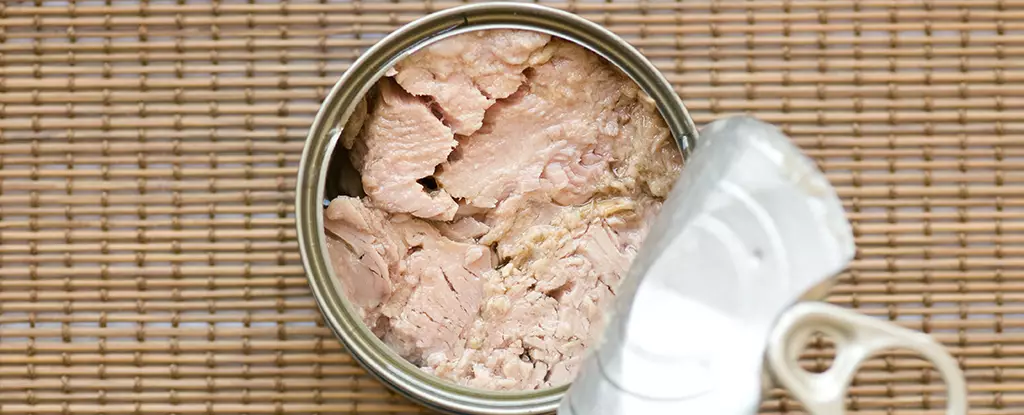Fish has long been hailed as a superfood, rich in omega-3 fatty acids, vitamins, and minerals that contribute positively to heart health, brain function, and overall well-being. Countries surrounding the Mediterranean Sea have embraced this delectable source of nutrition, incorporating it as a staple in their renowned diet. However, lurking in the depths of this nutritional boon is a significant concern: mercury poisoning. The importance of fish as a dietary staple comes with inherent risks, notably the potential for mercury accumulation in certain species. This duality creates a pressing need for innovative approaches that can amplify the benefits of fish while minimizing its risks.
Groundbreaking Research: Reducing Mercury Levels
Exciting developments are unfolding in the realm of food science, as a research team from the Swedish University of Agricultural Sciences and Chalmers University of Technology has discovered a remarkable method for reducing mercury levels in fish. By integrating the amino acid cysteine into the packaging of canned tuna, researchers have managed to draw out between 25 to 35 percent of the mercury present in the fish. It’s a groundbreaking shift that could redefine how we think about fish consumption. The innovative approach hinges on cysteine’s unique ability to bind with mercury; this binding not only explains the accumulation of toxins in aquatic life but also serves as a mechanism for their removal. This discovery is not merely academic; it speaks to our hunger for safer food options in a world where health is paramount.
The Mechanics of Cysteine Treatment
In the study, tuna was immersed in a solution containing cysteine, showcasing that the more contact the fish flesh had with the solution, the greater the mercury extraction. Chemist Przemysław Strachowski emphasized the elegance of this solution: it requires no additional additives or complicated production steps, meaning it could easily be implemented in industrial settings. This is revolutionary, as it offers an avenue to make fish safer for consumption without altering its natural state. With mercury removal continuing for as long as two weeks post-treatment, this method not only holds potential for immediate safety but also promises longevity in terms of shelf life.
Health versus Risk: A Necessary Balance
While many individuals may feel apprehensive about mercury exposure from fish, it’s crucial to understand the context. Most people’s diets do not lead to dangerous exposure levels, although health authorities recommend that pregnant women and young children be especially cautious. The undeniable health benefits of fish consumption outweigh the risks for the general population, but introducing innovative methods like the cysteine treatment could amplify safety margins significantly. The knowledge that we can actively reduce mercury levels in food is a game-changer for families who want to enjoy fish without fear.
Future Applications and Implications
As researchers embark on further exploration of this technique, they remain hopeful that solutions can be refined and implemented in storing fish products. The potential applications of cysteine-infused packaging could extend beyond tuna to other fish species at risk of mercury contamination. Food scientist Mehdi Abdollahi underscored the importance of this research, indicating that it opens avenues not merely to limit fish consumption but to make it more secure for everyone. This could revolutionize the seafood industry, promoting healthier eating habits while addressing public health concerns head-on.
The integration of cysteine into fish packaging heralds a transformative approach to food safety, particularly for a beloved dietary staple. Stakeholders from regulators to consumers stand to benefit from its application as it promises to preserve the essential nutrients of fish while countering the dangers of mercury. The vision of enjoying seafood blissfully free of concern is no longer merely a utopian dream; it’s a tangible possibility emerging from science’s relentless pursuit of knowledge. As this research unfolds, the horizon looks brighter for fish lovers, paving a way toward healthier dietary choices that resonate with both safety and nutrition.


Leave a Reply